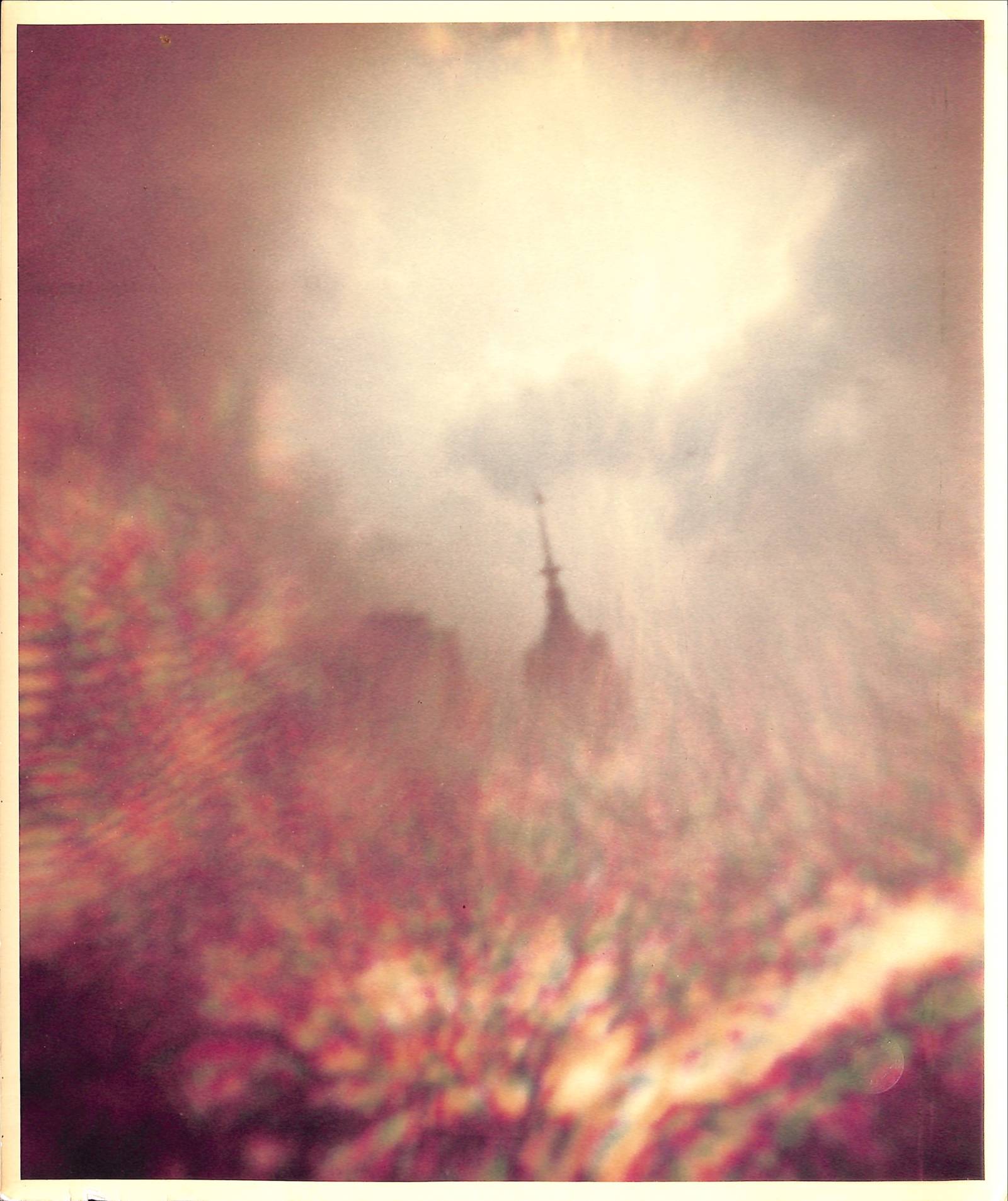Japanese photography first gained worldwide attention in 1986 at the Centre Pompidou exhibition Japon des avant-gardes 1910–1970. Featured artists, such as Daido Moriyama, Takuma Nakahira and others from Japan’s Golden Age of Photography, had a profound impact on the development of global photography. Later, the rise of the personal and highly intimate images, landscape photography, and works produced by women further shaped public recognition of Japanese photography. This article focuses on the visual arts and explores current exhibitions at several local galleries in Tokyo, in which a few Japanese photographers of the new generation have caught our attention.
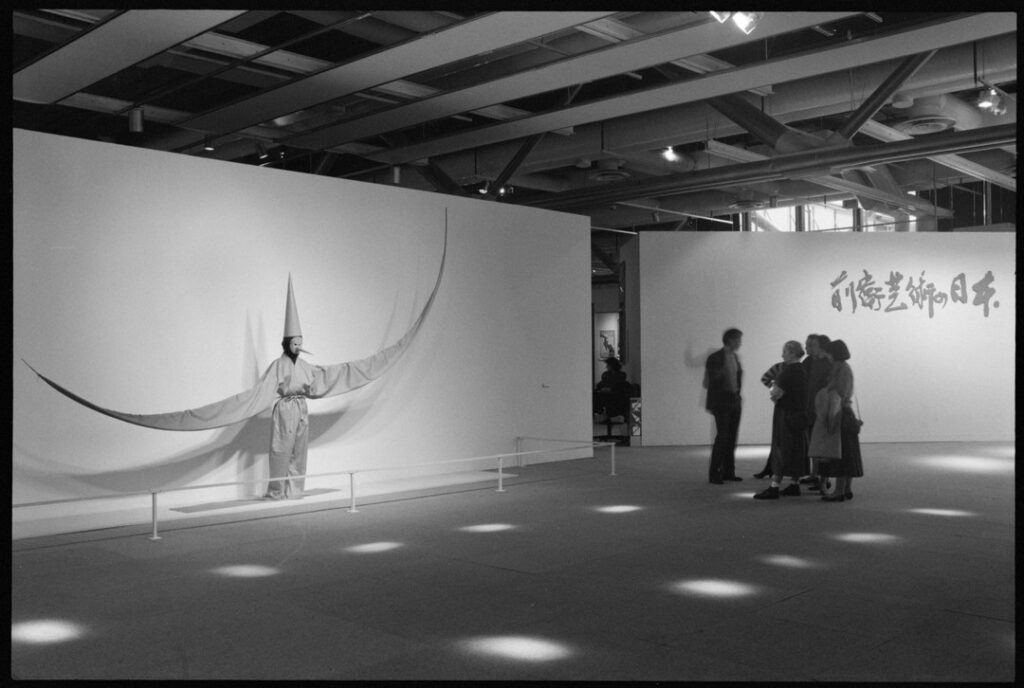
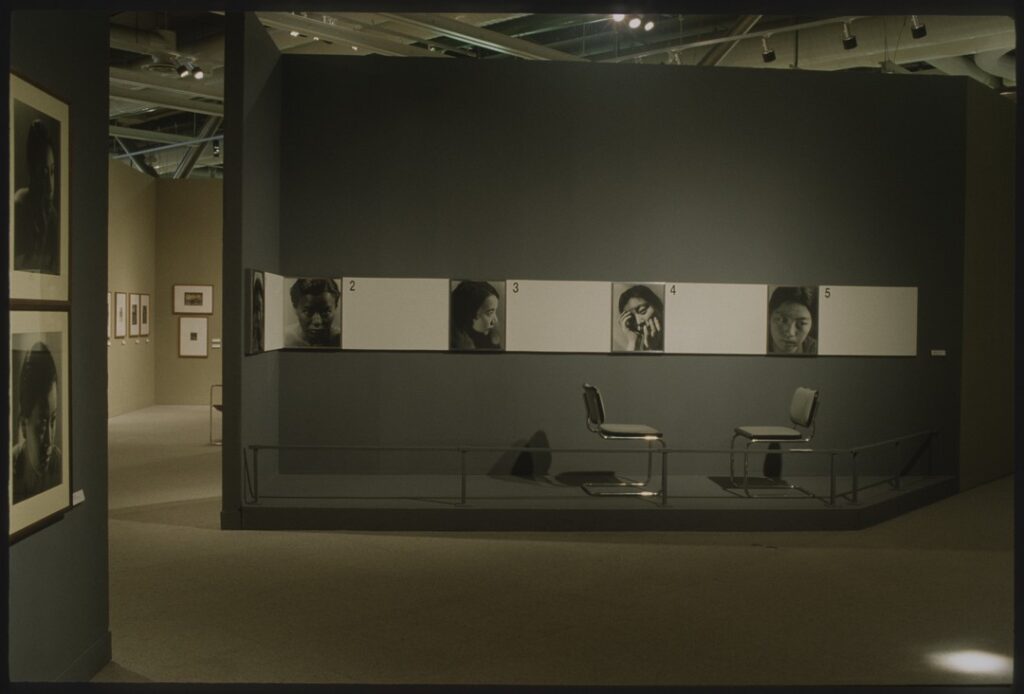
© Exhibition View of Japon des avant-gardes 1910-1970, 1986. Courtesy of The Centre Pompidou
Masaru Tatsuki
Masaru Tatsuki’s latest solo exhibition is now on view at GALLERY SIDE 2.The showcased works in this exhibition draw inspiration from a new poem, Suki-no a-i-u-e-o, by the renowned modern Japanese poet, translator, and playwright Shuntaro Tanikawa. Tatsuki has traveled to various places in Japan to fulfill his own image inspired by those words.

© Masaru Tatsuki, A Member of Seirokai, Behid a Wheel, Ibaraki, 2005. Courtesy of GALLERY SIDE 2
© Masaru Tatsuki, Shikaodori in Natsuya Area, Kawai Village Miyako, Iwate, 2009. Courtesy of the artist
Masaru Tatsuki was born in 1974 in Toyama. He began to take photos of the Japanese decorated trucks and their drivers in 1998 and later published a photograph collection called DECOTORA. Afterwards, in 2006, he shifted his focus to the Tohoku region, where he embarked on a long-term project of documenting the region’s ancient culture and vanishing ways of life and customs. One of his works on the subject is KAKERA, in which Tatsuki juxtaposed pieces of Jomon earthenware with newspaper to create a dialogue between the past and present. Another work on this subject, Tohoku, captured the customs, rituals, and culture of the people in Aomori, Akita, Iwate, Yamagata, Miyagi, and Fukushima. This collection later won the 37th Ihei Kimura Photography Award.
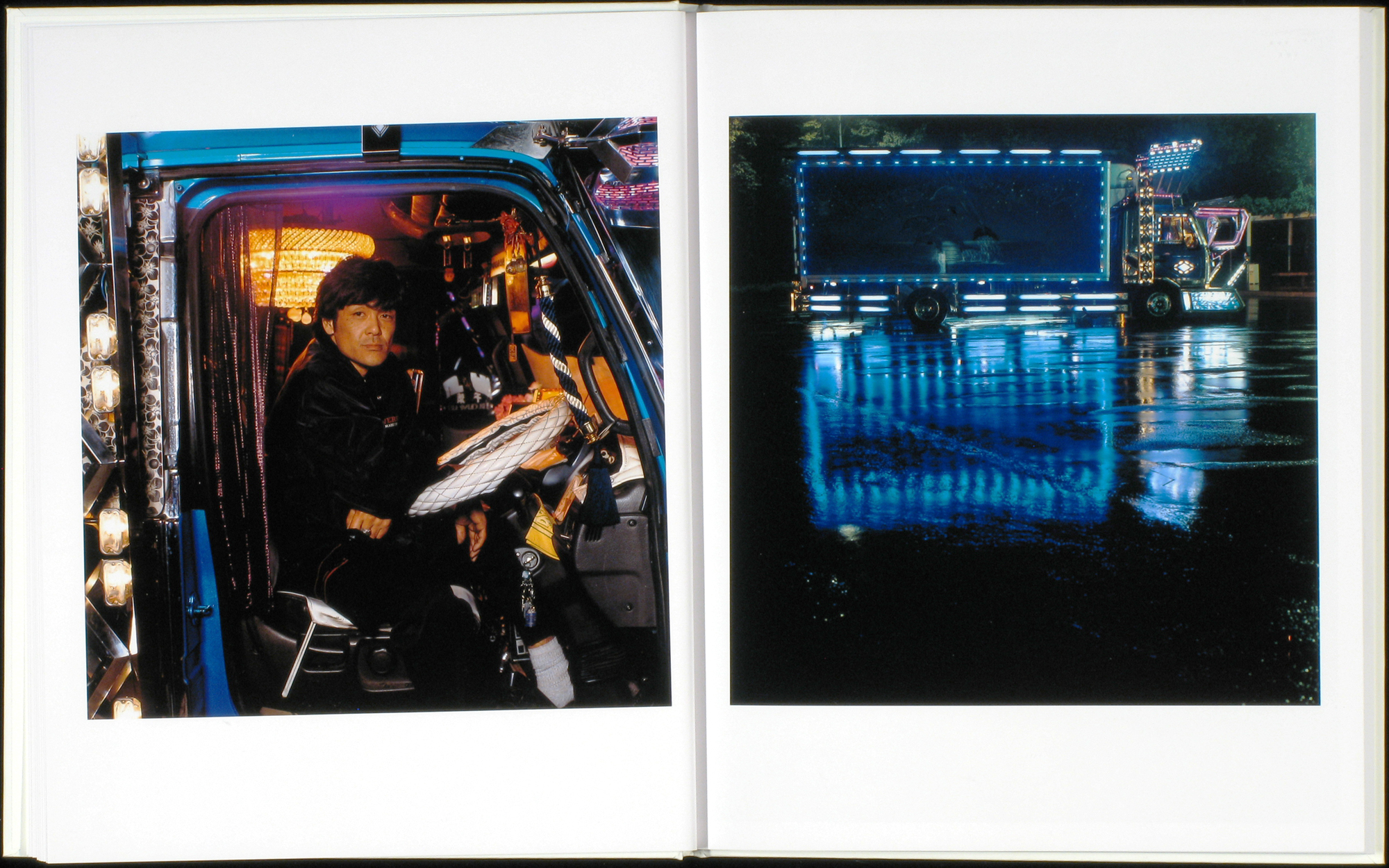
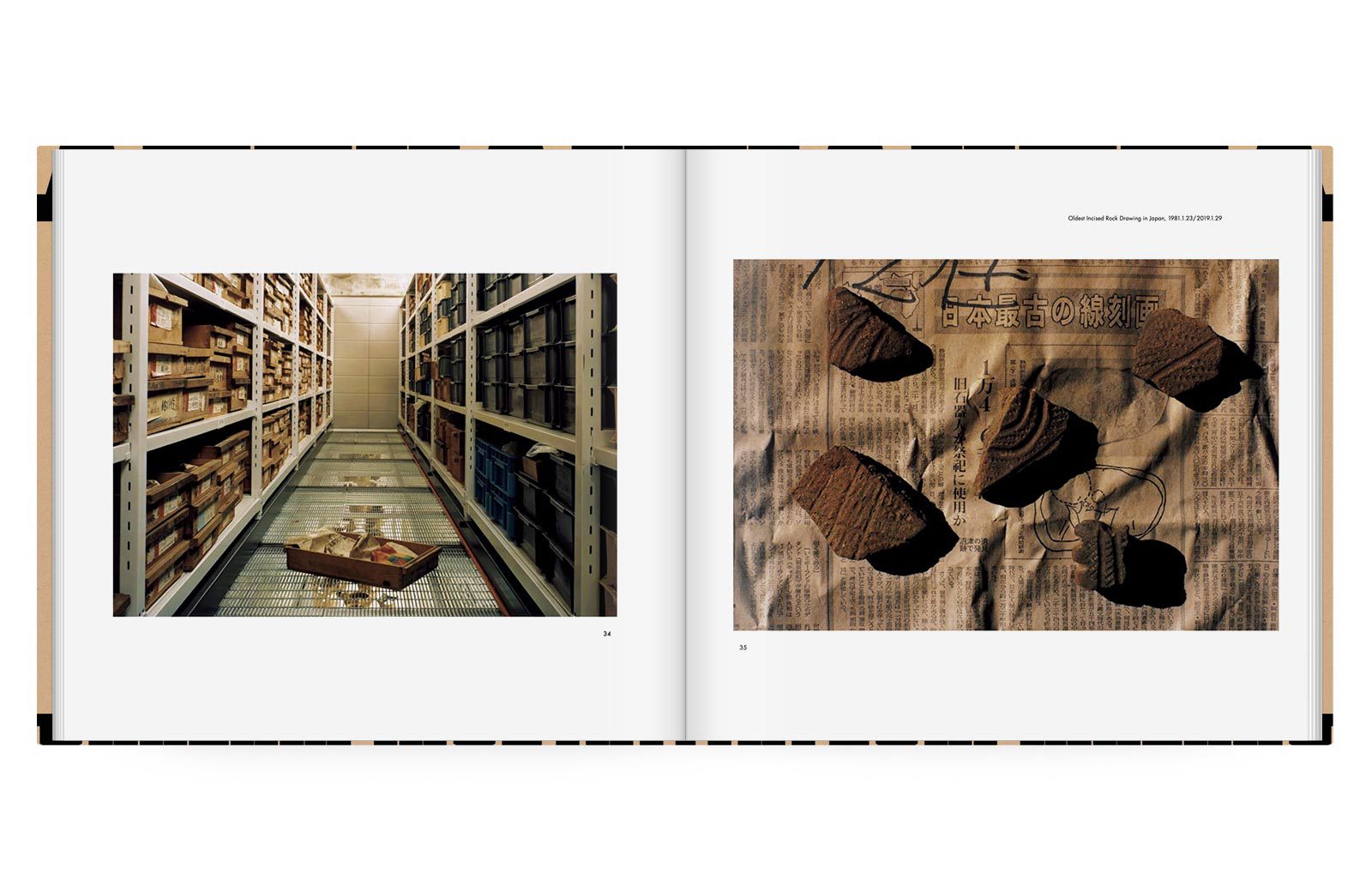
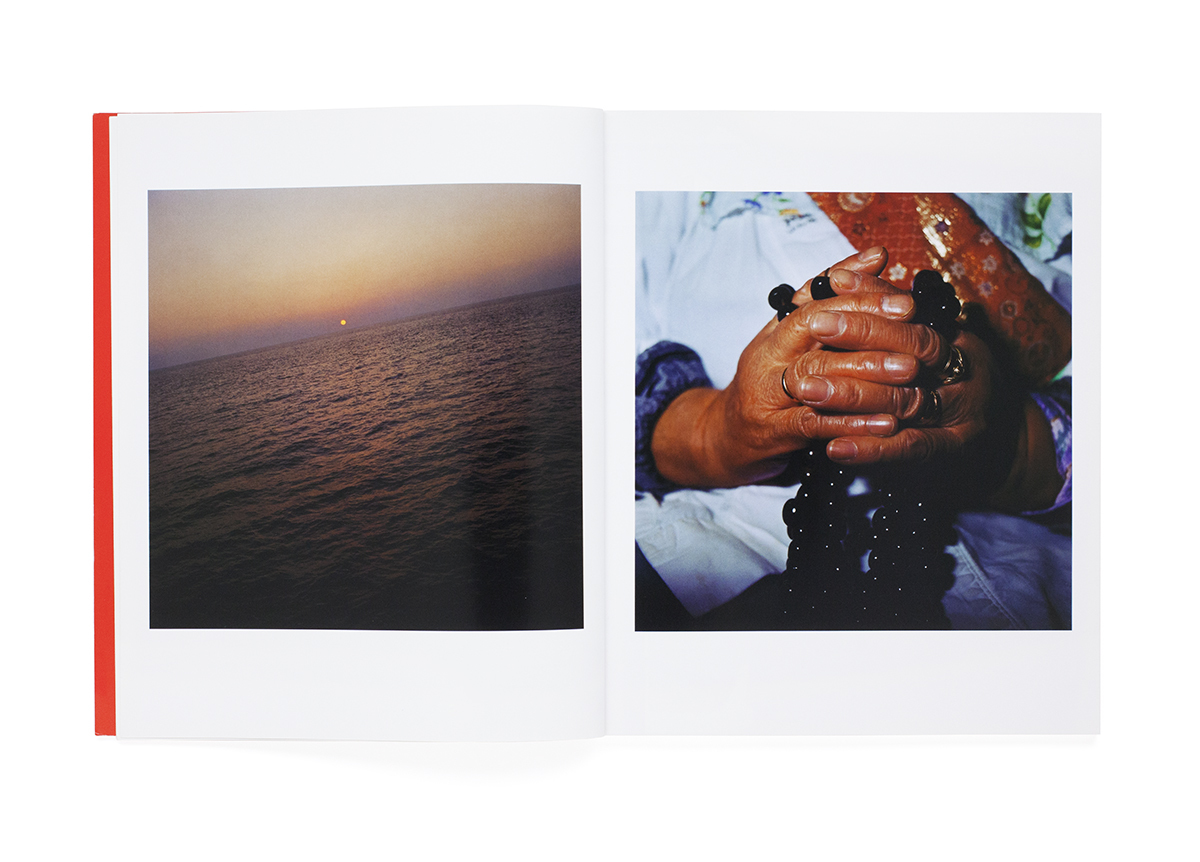
Takashi Arai
Another recipient of this Award is Takashi Arai, a photographer born in 1978. Currently, Photo Gallery International (PGI), a pioneer among Japanese commercial galleries specializing in photographic art, is hosting his most recent solo exhibition. Arai is best known for his mastery of the daguerreotype technique. By incorporating modern elements into this oldest method, he brought a fresh perspective to this medium. His award-winning photograph collection, Monuments, delves into a series of historical events and places through his visits and documentation, focusing on issues related to humanity and nature, development and crisis.
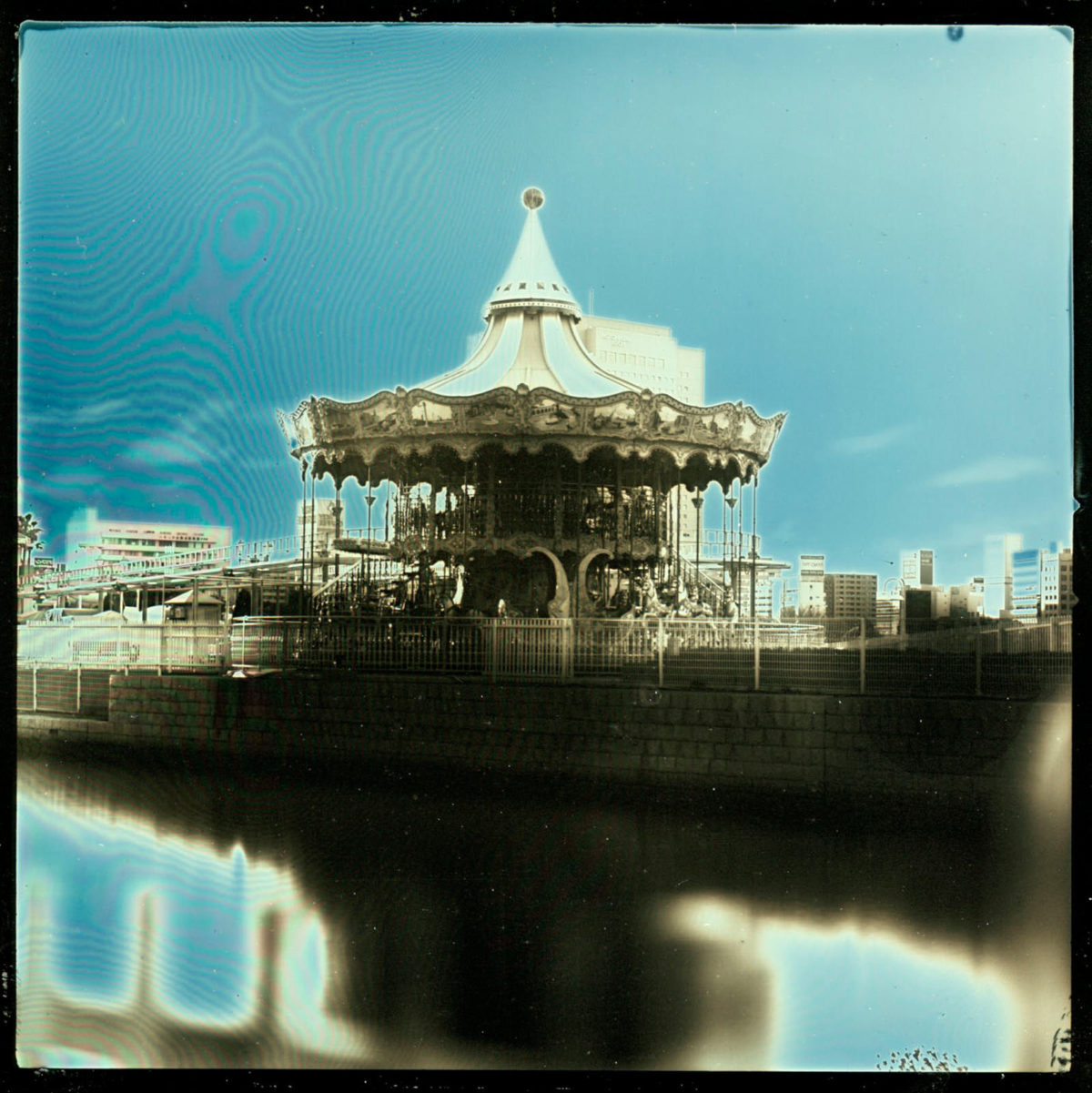
© Takashi Arai, MM21 District Yokohama 2011/1/31. Courtesy of PGI
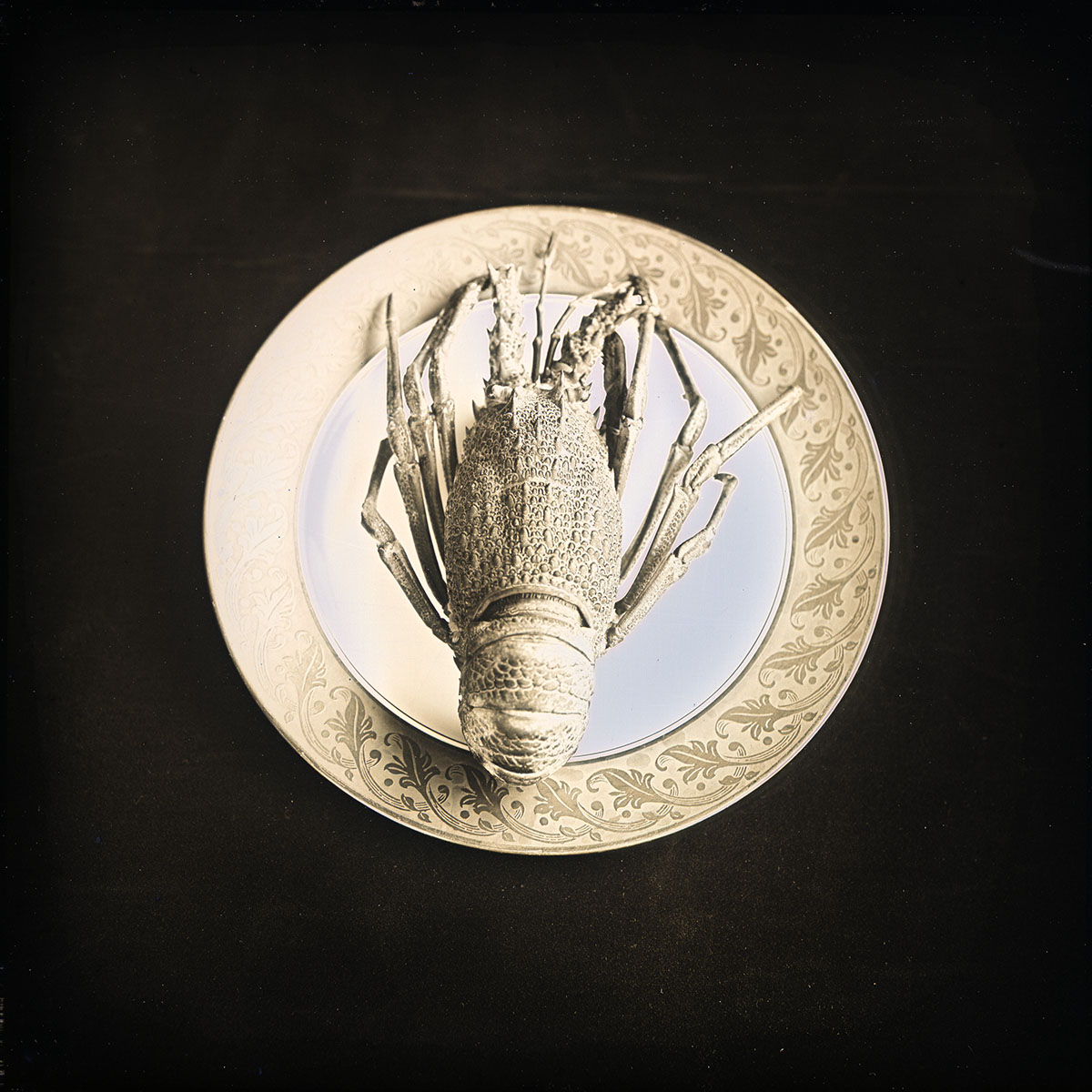
© Takashi Arai, 2 Jan. 2015, A New Year Dish, Kawasaki. Courtesy of PGI
Takashi Arai’s exhibition Quotidian Mirrors at PGI is composed of works from his ongoing Daily D-Type Project series, which documented the many shapes of life amidst catastrophes like the Great East Japan Earthquake and Tsunami. According to Arai, “The word ‘daily’ contains within it a sense of gradual accumulation or progress. But every time I wake up and make a new daguerreotype image, it feels as if I start from zero. This feeling has not changed or faded since I began. I believe this feeling corresponds more and more with the sense of instability that has been shrouding our daily lives since the 2010s, as the world continues to reset its rules.”

© Takashi Arai, A Maquette for a Multiple Monument for the Hiroshima Peace Memorial (Genbaku Dome), 2014. Courtesy of PGI
Fumiko Imano
Celebrities and large-scale productions used to be the focus of photography in the fashion industry. However, in the present, emerging fashion photographers are challenging the standards with their innovative concepts and creative approaches.
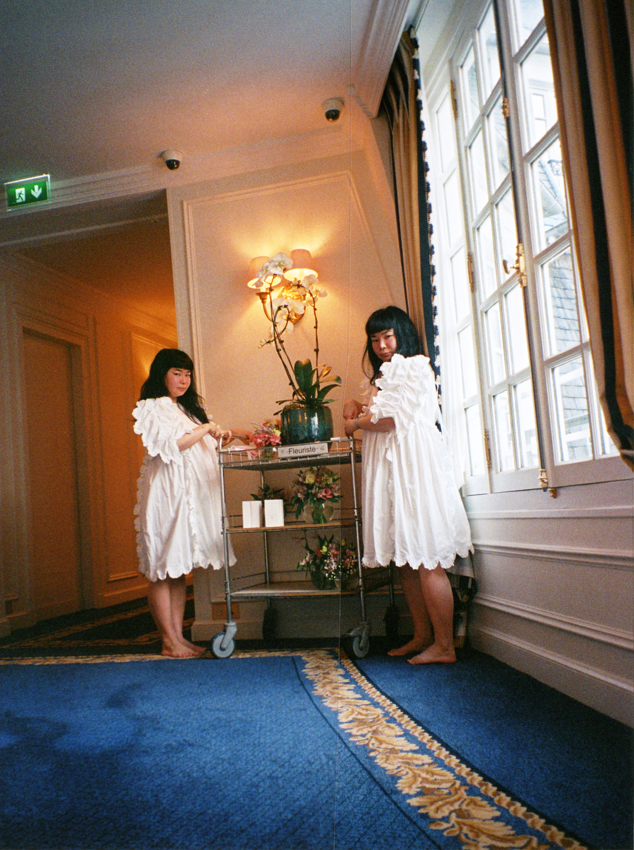
©︎ Fumiko Imano, Fleuriste_Paris_2021, 2023. Courtesy of KOSAKU KANECHIKA
Fumiko Imano is one of these artists. She was born in 1974 and has won the hearts of brands like Loewe and Vans with her playful artwork. Imano’s works always encapsulate an innocently humorous charm. Best known are her series of self-portraits taken with a 35mm camera, with the images cut and pasted to create a twin-like motif. This series provides a penetrative insight into the machinations of identity through photomontage. Additionally, her work consistently invokes a sense of travel. The process of traveling from one place to another always places value in the thoughts and sensations, thus generating new images.

©︎ Fumiko Imano, Wild Yeast Bread Slice, Hitachi, 2010. Courtesy of KOSAKU KANECHIKA
©︎ Fumiko Imano, Seriously_Paris_2021, 2023. Courtesy of KOSAKU KANECHIKA
LE FUMISTOL, Imano’s fourth solo exhibition at KOSAKU KANECHIKA, presents a new series of her that captures an uneasy trip to Paris that took place in the year 2021.
Yoshiki Hase
Yoshiki Hase, a rising Japanese photographic artist, was born in Kanagawa Prefecture in 1972. During his stay in New York from 1999 to 2006, he started his photography journey. His creations often feature a fusion of natural landscapes and artificial elements.
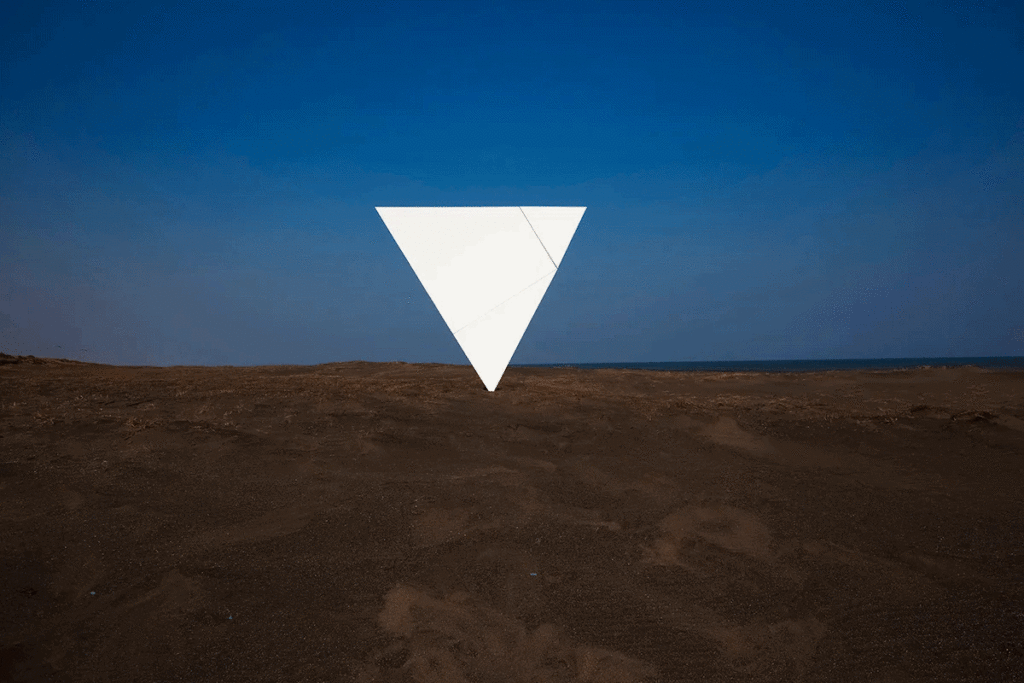
© Yoshiki Hase, from the series 181°, 2018. Courtesy of KANA KAWANISHI GALLERY
In the 181° series, Hase experimented with placing geometric objects in grand yet unidentifiable environments.
In DESSIN, he brought objects formed by a collection of lines into a natural landscape and shaped the impulse he felt the moment he encountered the scenery.
In COLOSSUS, his new solo exhibition at KANA KAWANISHI GALLERY, he temporarily creates a scene in which a giant statue appears in a landscape of impressive natural beauty, such as water, sky, and greenery. With this amalgamation, the artist poses the questions: Why are we fascinated by the viewing of sculptures? Is there a clear boundary between the natural and the artificial?
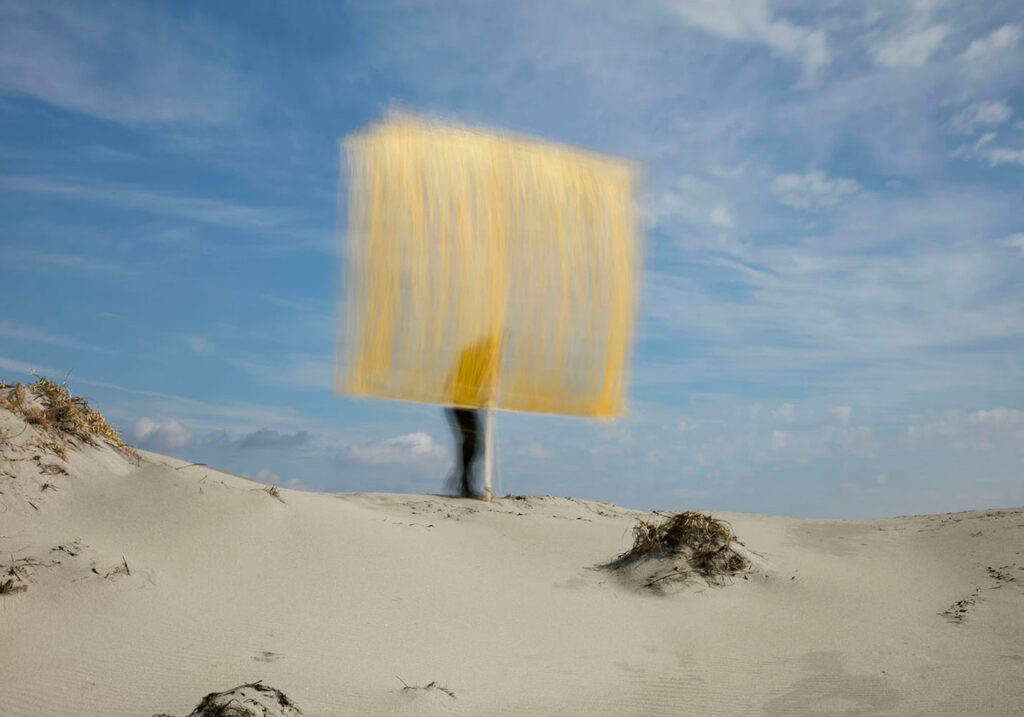
© Yoshiki Hase, Landscape with a Yellow Curtain 1, 2018. Courtesy of KANA KAWANISHI GALLERY
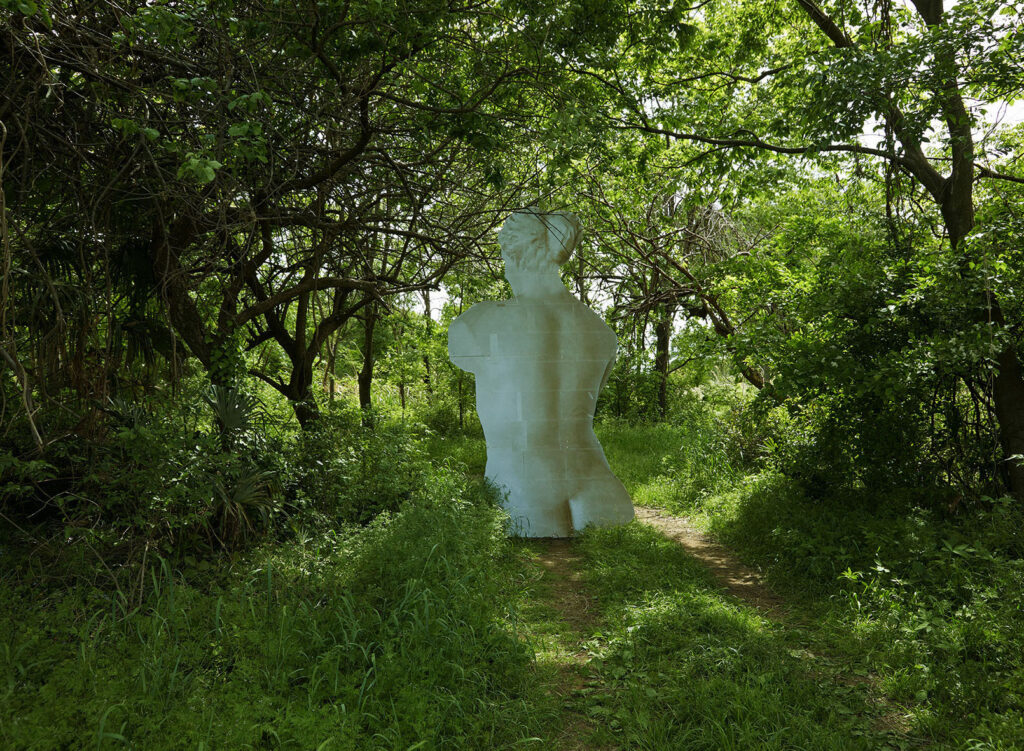
© Yoshiki Hase, Landscape of a Summer Grove with a Colossus, from the series COLOSSUS, 2021. Courtesy of KANA KAWANISHI GALLERY
Atsushi Yamamoto
In addition, ShugoArts and TARO NASU, two middle-generation galleries focusing on contemporary art experiences, are now presenting two unique artists.
ShugoArts is showcasing seven works by Atsushi Yamamoto in its annual Video Hut project. On weekdays, Yamamoto works for a non-profit organization. On weekends, he creates his artwork alone or with fellow artists. So far, he has created 291 pieces of work. He says that his “life takes root” when he films. Therefore, his works always attempt to blur the boundaries between art and life.
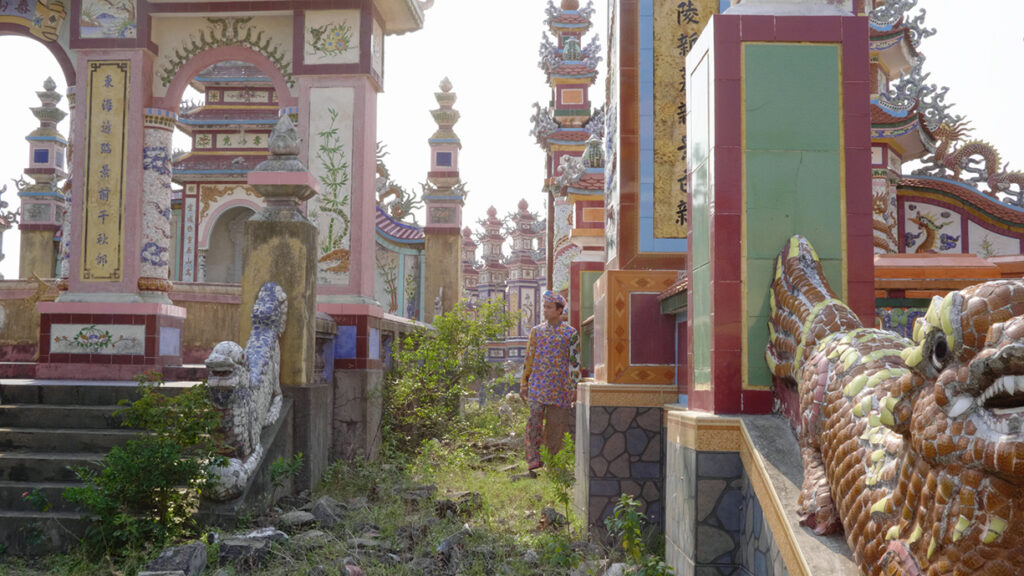
© Atsushi Yamamoto, The Ghost from the City of Ghosts, 2019-2023. Courtesy of ShugoArts

© Atsushi Yamamoto, A Swimming Person, 2023. Courtesy of ShugoArts
Hirofumi Katayama
Meanwhile, TARO NASU is hosting Hirofumi Katayama’s first solo exhibition in a decade, Making Sheep. Katayama is a photographer specializing in leveraging artificial intelligence in the generation of images. In 1968, author Philip K. Dick published a science fiction novel, Do Androids Dream of Electric Sheep? Now, Katayama takes this as inspiration, and all images presented are generated by using a large number of photographs that Katayama himself captured as learning data. This series furthers the discussion of the reality of photography.
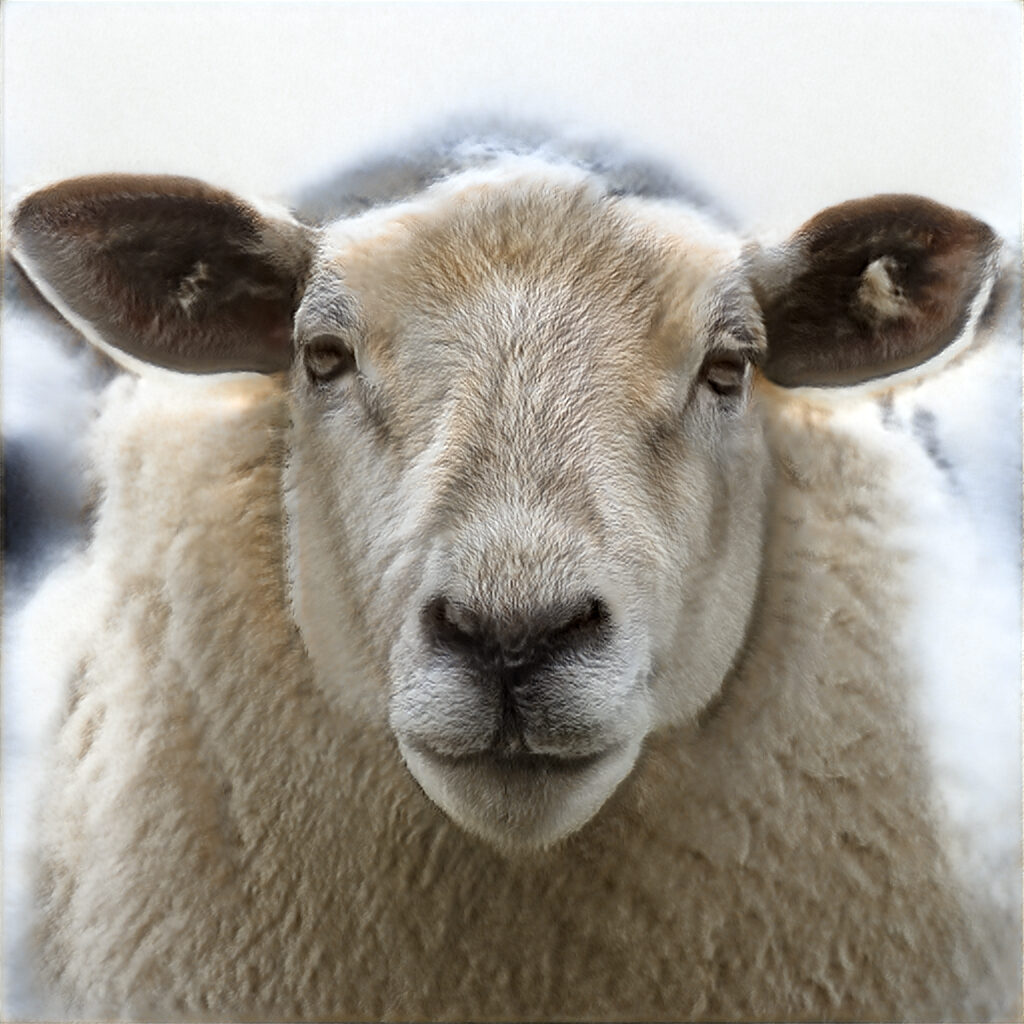
© Hirofumi Katayama, Sheep 0111, 2023. Courtesy of TARO NASU
In summary, the new generation of Japanese photographers explores the relationship between people and society, material, and life in many forms, while the former generation concentrated on capturing key social events and challenging the reality of photography. The subjects they cover and the styles they develop are more complex and varied.
If you have a taste for post-war Japanese photography, you can view the classic work from the famous artist, Tomatsu Shomei, at MISA SHIN GALLERY, or go to artspace AM to explore the latest solo exhibition, Camera Obscura, by Nobuyoshi Araki.
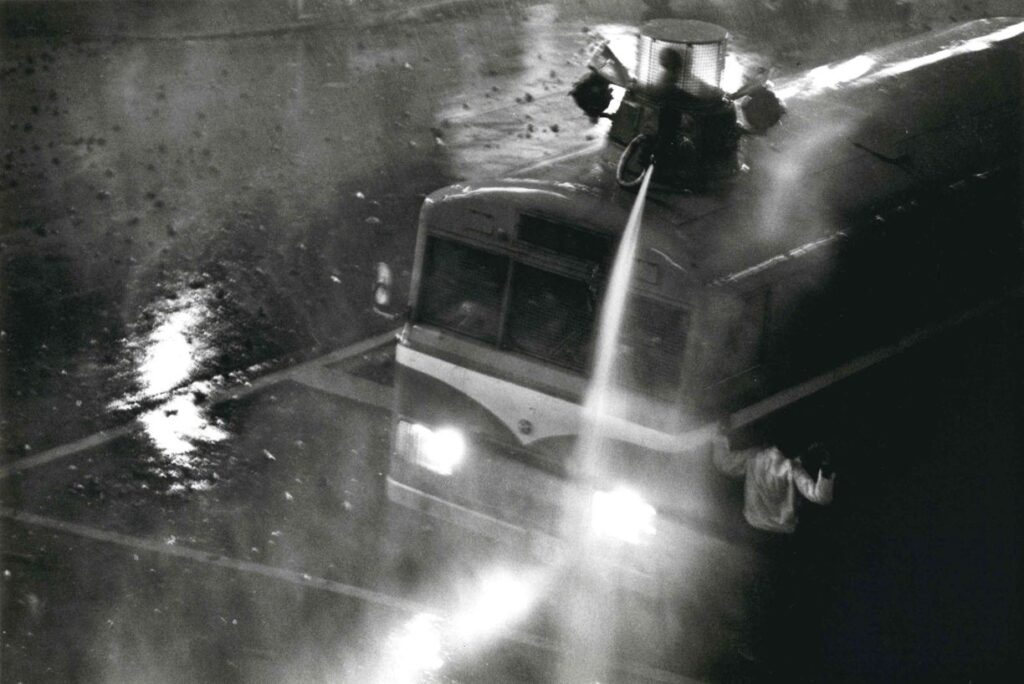
© Tomatsu Shomei, Oh! Shinjuku, 1969 (Printed in 69). Courtesy of MISA SHIN GALLERY
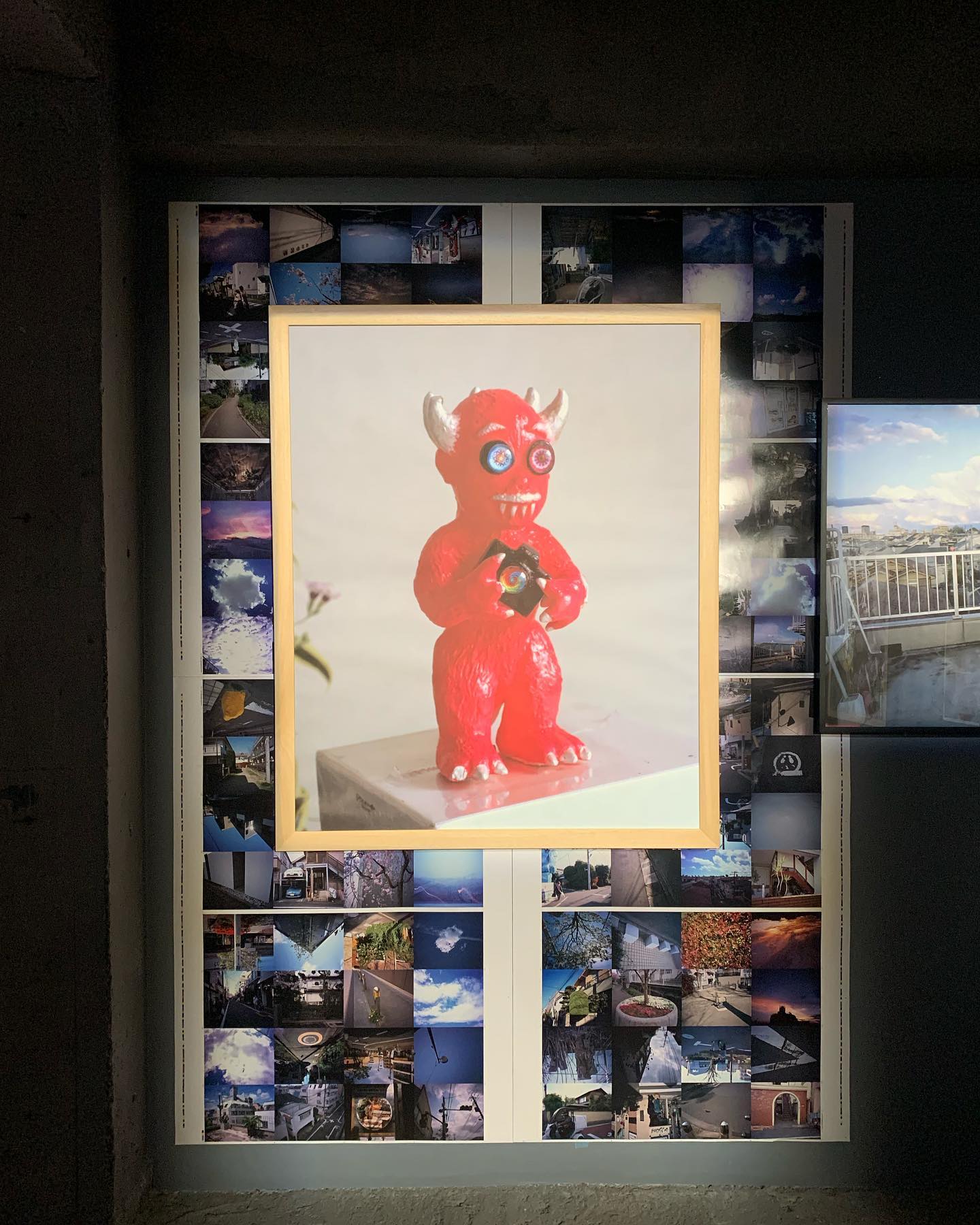
© Nobuyoshi Araki, Onsite Shot of Camera Obscura, 2023. Photo: Instagram @tokyocamerastyle
You can also visit Takuro Someya Contemporary Art to check out a series of pinhole photographs of the legendary artist Nobuo Yamanaka. Yamanaka debuted with River on the River, a 35mm film, in 1971.
Afterwards, he started his quest to explore the possibilities of fusing photography with other creative forms, including cinema, installations, and performances. His practice transcends the boundaries of film and photography, challenging the effectiveness of visual components like light and shadow.
